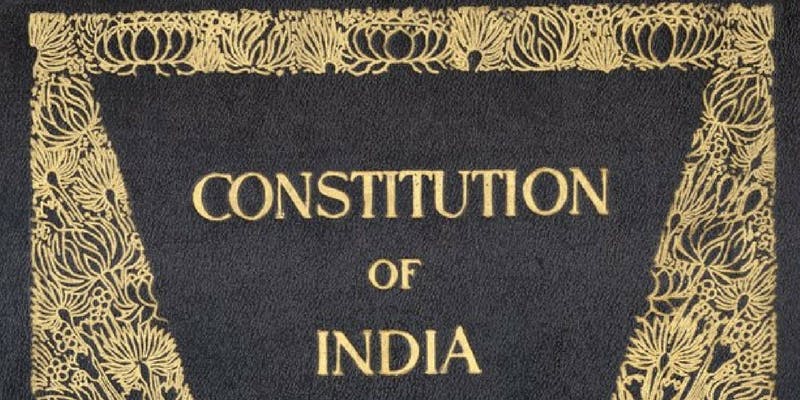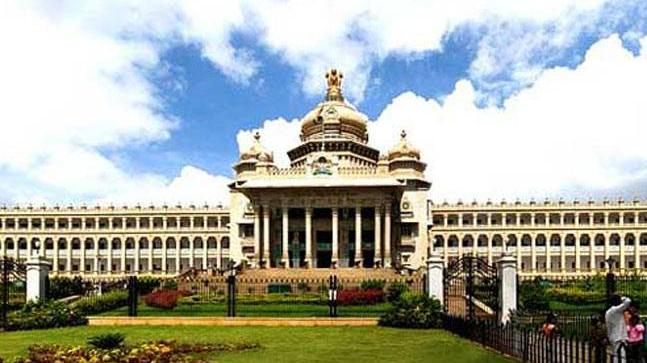Table of Contents
What does Article 246 (Seventh Schedule) convey ? | UPSC IAS | PCS
The Constitution provides a scheme for demarcation of powers through three ‘lists’ in the seventh schedule.
- The union list details the subjects on which Parliament may make laws e.g. defence, foreign affairs, railways, banking, among others.
- The state list details those under the purview of state legislatures e.g. Public order, police, public health and sanitation; hospitals and dispensaries, betting and gambling etc.
- The concurrent list has subjects in which both Parliament and state legislatures have jurisdiction e.g. Education including technical education, medical education and universities, population control and family planning, criminal law, prevention of cruelty to animals, protection of wildlife and animals, forests etc.
- The Constitution also provides federal supremacy to Parliament on concurrent list items i.e. in case of a conflict; a central law will override a state law.
Devolution of power
- Time and again centre-state relations come under scanner due to rising demands from various corners of the country for more power devolution in favor of states.
- The Indian governance system though federal in nature has strong central tendencies which born out of a mix causes i.e. the inertia to stay within the guidelines set by the Government of India act of 1935, fear of cessation etc.
Centralization of power vis a vis Concurrent list | UPSC IAS | PCS
- Since 1950, the Seventh Schedule of the Constitution has seen a number of amendments. The Union List and Concurrent List have grown while subjects under the State List have gradually reduced.
- The 42nd Amendment Act was implemented in 1976, restructured the Seventh Schedule ensuring that State List subjects like education, forest, protection of wild animals and birds, administration of justice, and weights and measurements were transferred to the Concurrent List.
- The Tamil Nadu government constituted the PV Rajamannar Committee to look into Centre-State relations. It spurred other states to voice their opposition to this new power relation born due to 42nd amendment act and Centre’s encroachment on subjects that were historically under the state list. Parliament on concurrent list items i.e. in case of a conflict; a central law will override a state law.
Issues with Concurrent list | UPSC IAS | PCS
- Limited capacity of states: Some laws enacted by Parliament in the concurrent list might require state governments to allocate funds for their implementation. But due to federal supremacy while the states are mandated to comply with these laws they might not have enough financial resources to do so.
- Balance between flexibility and uniformity: Some laws leave little flexibility for states to sync the laws according to their needs for achieving uniformity. A higher degree of detail in law ensures uniformity across the country and provides the same level of protection and rights however, it reduces the flexibility for states to tailor the law for their different local conditions.
- Infringement in the domain of states: Some Bills may directly infringe upon the rights of states i.e. relates to central laws on subjects that are in the domain of state legislatures. E.g. anti-terrorist laws, Lokpal bill, issues with GST and Aadhar etc. where states’ power are taken away in a cloaked manner.
- This asymmetry highlights the need for a detailed public debate on federalism and treatment of items in the concurrent list.
What can be done ? | UPSC IAS | PCS
- Strengthening of Inter-State Council: Over the year committees starting from Rajamannar, Sarkaria and Punchi have recommended strengthening of Interstate Council where the concurrent list subjects can be debated and discussed, balancing Centre state powers. There is far less institutional space to settle inter-state frictions therefore a constitutional institution like ISC can be a way forward.
- Autonomy to states: Centre should form model laws with enough space for states to maneuver. Centre should give enough budgetary support to states so as to avoid budgetary burden. There should be least interference in the state subjects.
Sarkaria Commission Recommendation on Concurrent List | UPSC IAS | PCS
- The residuary powers of taxation should continue to remain with the Parliament, while the other residuary powers should be placed in the Concurrent List.
- The Centre should consult the states before making a law on a subject of the Concurrent List.
- Ordinarily, the Union should occupy only that much field of a concurrent subject on which uniformity of policy and action is essential in the larger interest of the nation, leaving the rest and details for state action.
Frequently Asked Questions | UPSC IAS | PCS
What is the concept behind concurrent list in India ?
- The aim of the concurrent list was to ensure uniformity across the country where independently both centre and state can legislate. Thus, a model law with enough flexibility for states was originally conceived in the constitution.
- Also, few concurrent list subjects required huge finances needing both centre and state to contribute.
How many lists are there in the Indian Constitution ?
- The State List or List-II is a list of 61 items (Initially there were 66 items in the list) in Seventh Schedule to the Constitution of India. The legislative section is divided into three lists: Union List, State List and Concurrent List. Both union and state governments have powers to legislate on the subjects mentioned in the concurrent list.
On which list is education in Indian Constitution ?
- The Concurrent List or List-III (Seventh Schedule) is a list of 52 items (though the last item is numbered 47) given in the Seventh Schedule to the Constitution of India. It includes the power to be considered by both the central and state government.
Which amendment placed education in the concurrent list?
- Through the 42nd Amendment Act of 1976 Five subjects were transferred from State to Concurrent List.
What are the Subjects Transferred in concurrent list?
- Through the 42nd Amendment Act of 1976 Five subjects were transferred from State to Concurrent List. They are:
- Education
- Forests
- Weights & Measures
- Protection of Wild Animals and Birds
- Administration of Justice
Why education is in concurrent list?
- Solutions are needed quickly” Education is a subject which touches every person, every family and every institution in this country. And because it is such a sensitive subject, any reform of the education process must be handled with great sensitivity and care. Education came into the Concurrent List way back in 1976.












SUCH ABOLITION AS SUGGESTED ABOVE WITH RESPECT TO CONCURRENT LIST WILL SAFEGUARD INDEPENDENCE AND AVOID CONFLICT BETWEEN STATES AND UNION.
CONCURRENT LIST CAN BE ABOLISHED, AND SUCH LIST OF ITEMS BE DISTRIBUTED BETWEEN UNION AND THE STATES.